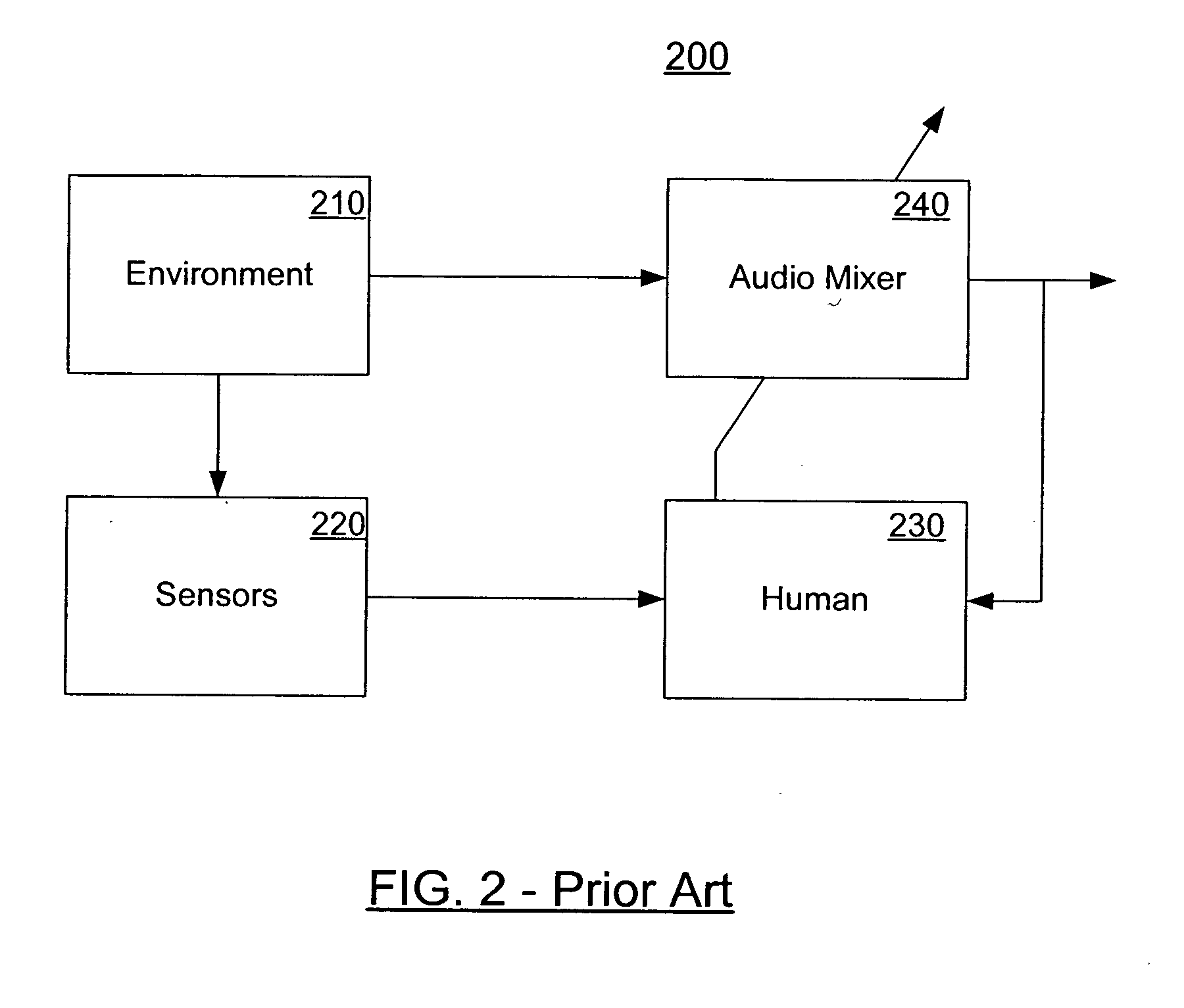Remote audio device management system
- Summary
- Abstract
- Description
- Claims
- Application Information
AI Technical Summary
Benefits of technology
Problems solved by technology
Method used
Image
Examples
Embodiment Construction
Audio pickup devices used can be categorized as far-field microphones or close-talking (near-field) microphones. The audio device management system (ADMS) of one embodiment of the present invention uses both types of microphones for audio signal acquisition. Far-field microphones pick-up or capture audio signals from nearly any location in an environment. As audio signals come from multiple directions, they may also pick-up noise or audio signals that a user does not want to hear. Due to this property, a far-field microphone generally has worse signal-to-noise ratio than close-talking microphones. Although far-field microphones have this drawback of poor signal-to-noise ratio, it is still widely used for teleconferencing because it is convenient for remote users to monitor the whole environment.
To compensate for drawbacks inherent in far-field microphones, it is better to use close-talking microphones in the conference audio system. Close-talking microphones typically capture aud...
PUM
 Login to View More
Login to View More Abstract
Description
Claims
Application Information
 Login to View More
Login to View More - R&D
- Intellectual Property
- Life Sciences
- Materials
- Tech Scout
- Unparalleled Data Quality
- Higher Quality Content
- 60% Fewer Hallucinations
Browse by: Latest US Patents, China's latest patents, Technical Efficacy Thesaurus, Application Domain, Technology Topic, Popular Technical Reports.
© 2025 PatSnap. All rights reserved.Legal|Privacy policy|Modern Slavery Act Transparency Statement|Sitemap|About US| Contact US: help@patsnap.com



